 N1
N1 璃
1. Overview of MeaningThe kanji "璃" (ri) refers to a type of glass or glaze, often associated with beauty and clarity. I...
 N1
N1 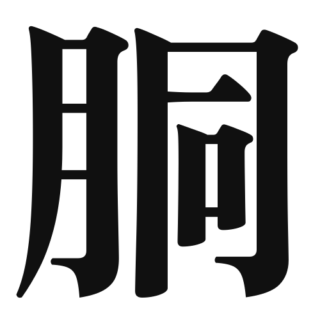 N1
N1 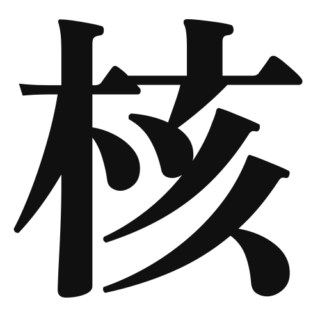 N1
N1 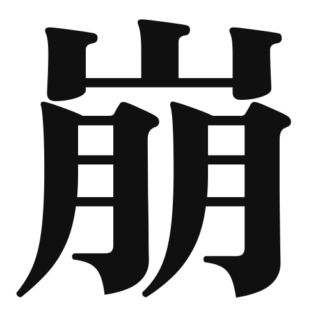 N1
N1 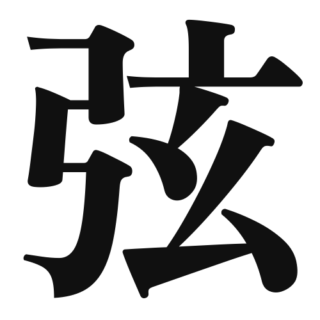 N1
N1 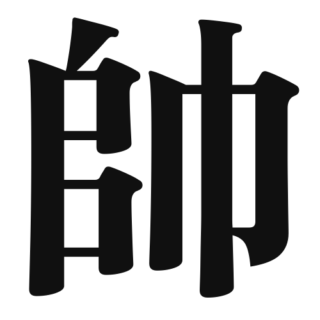 N1
N1  N1
N1 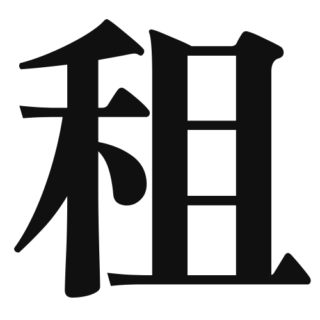 N1
N1 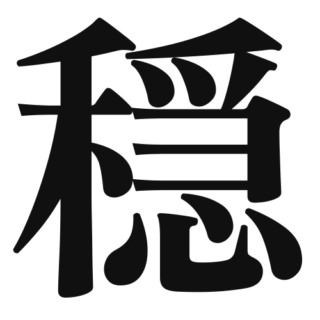 N1
N1 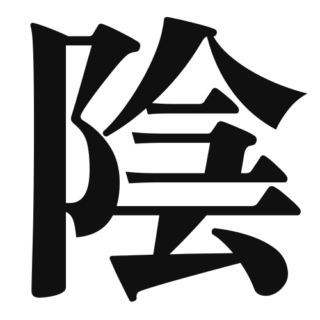 N1
N1